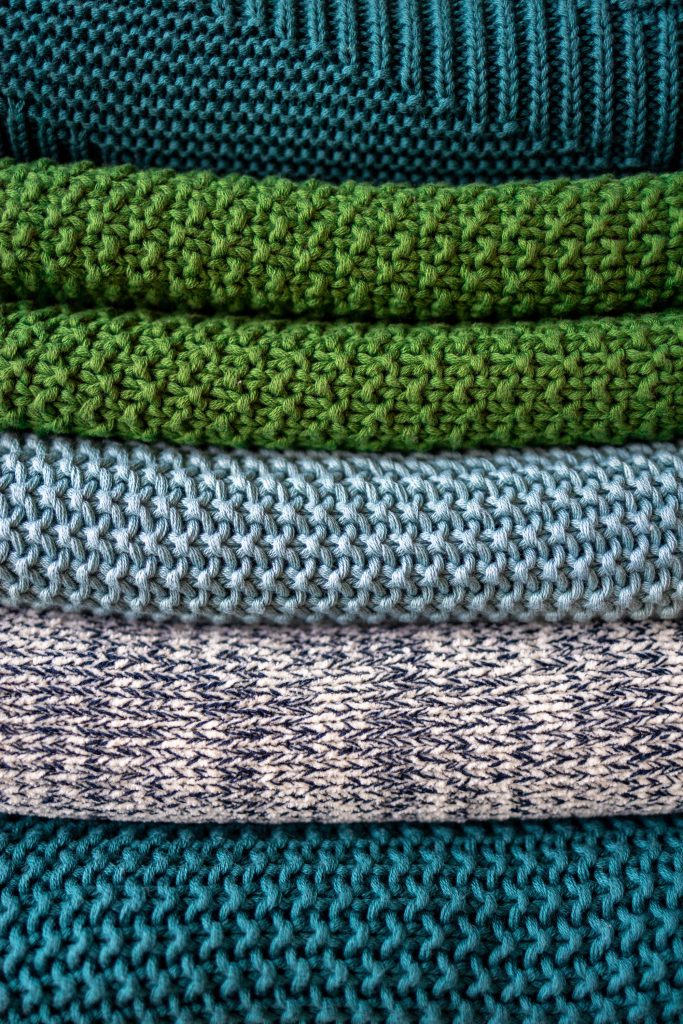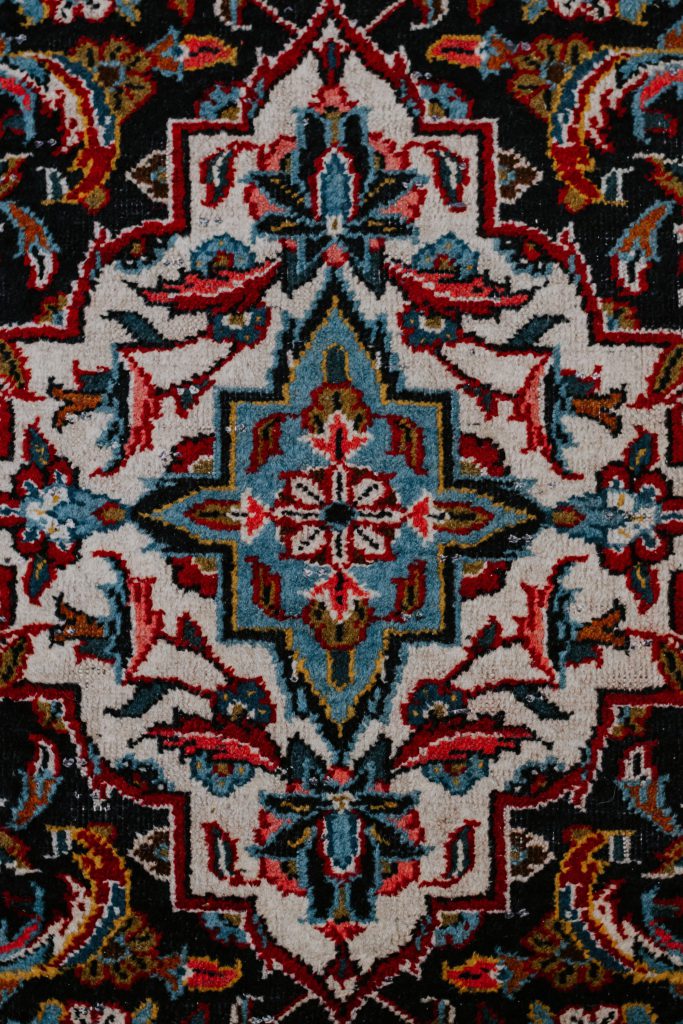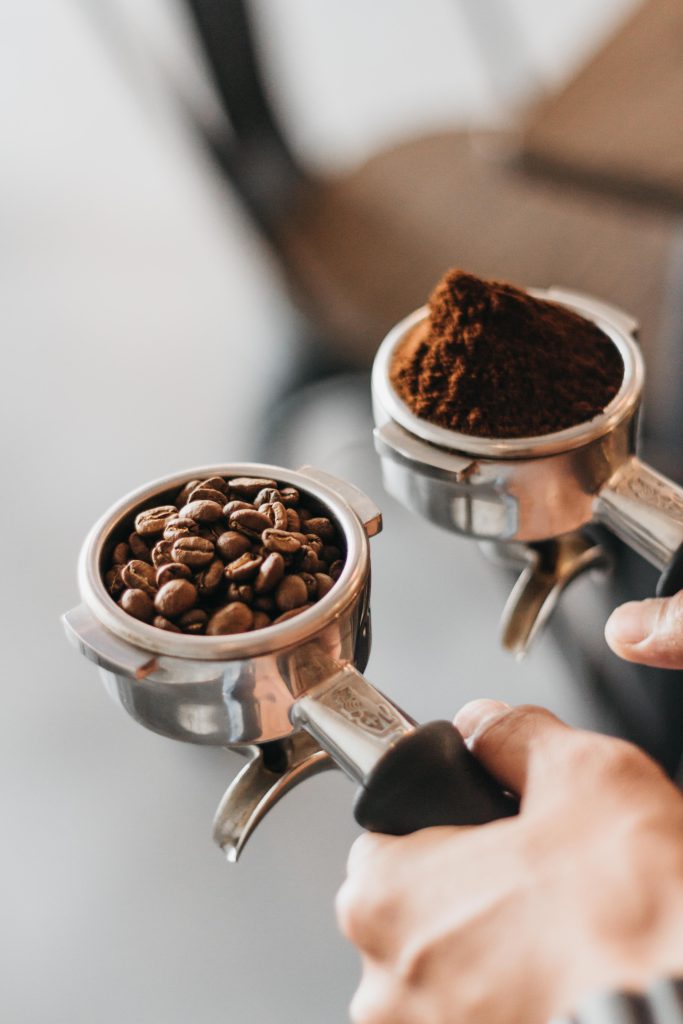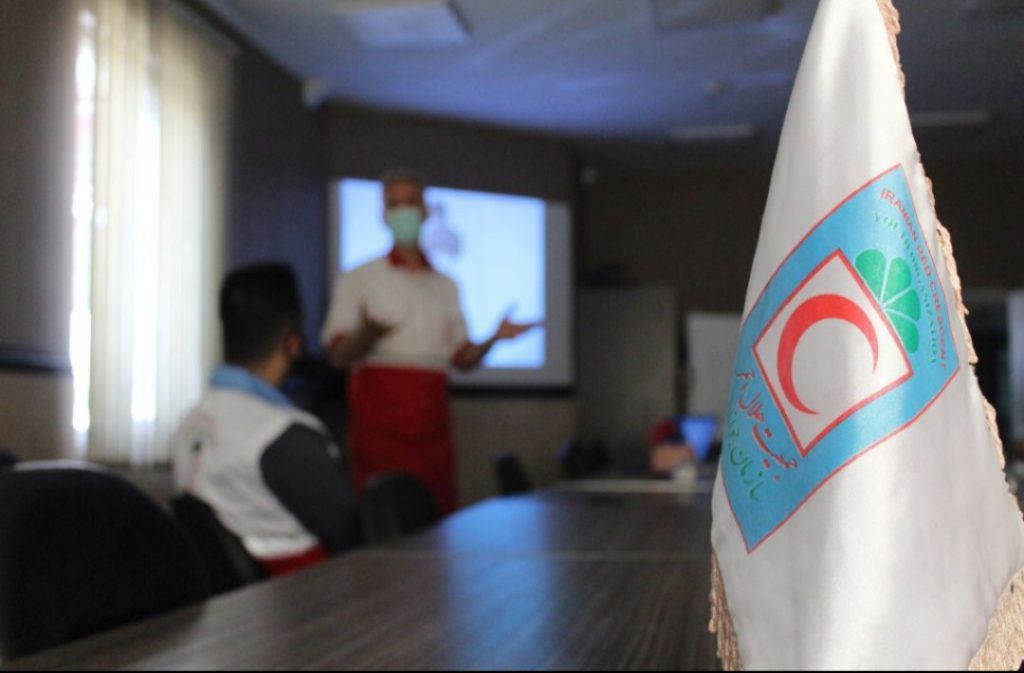This handicraft has its roots thousands of years ago in Iran, and it is a type of handicraft that is created in a variety of ways in each region depending on what nature offers. In the areas of Iran where there are palm trees, palm leaves are used, and in others wicker. However, it is a work whose technique is likely to appear for the production of different objects. In fact, there are many resources in the Khuzestan region of southern Iran, particularly in Bushehr and the Persian Gulf countries.
In many regions, stalks of wheat, rye, rice and palm leaves are also used to weave the products. To weave a mat, the first stems corresponding in size and diameter are collected and soaked in water. Then three or five of them will be tied by another stem.
These packages are woven to produce items such as baskets, bags and rugs with geometric and diamond patterns.













